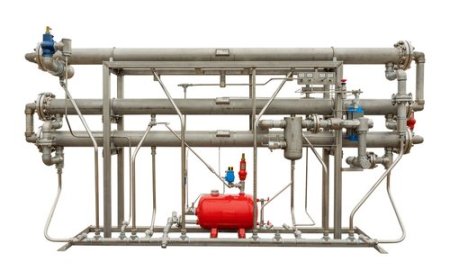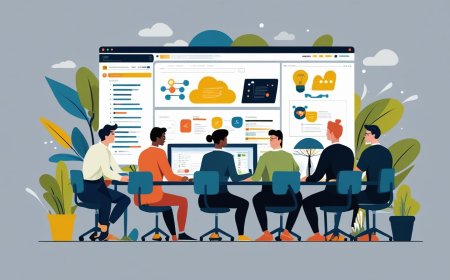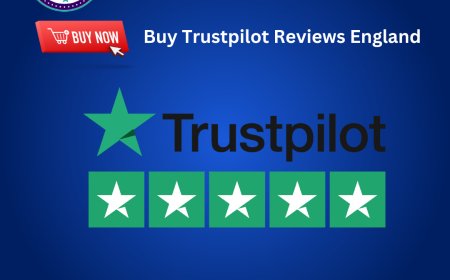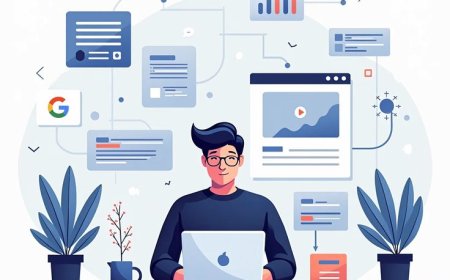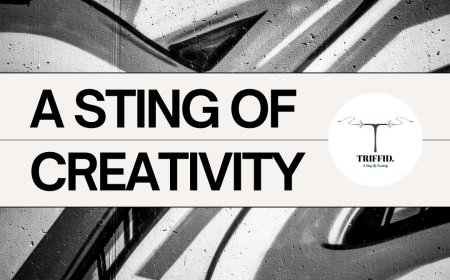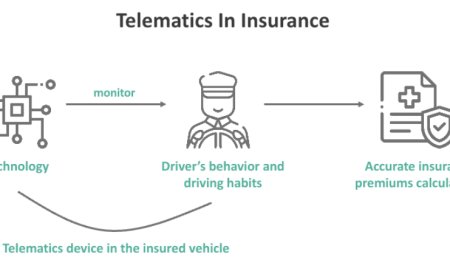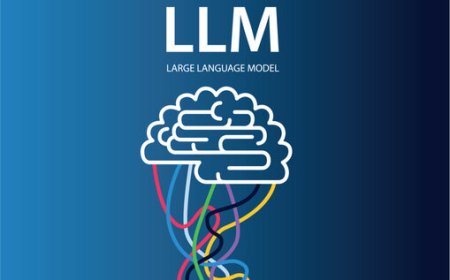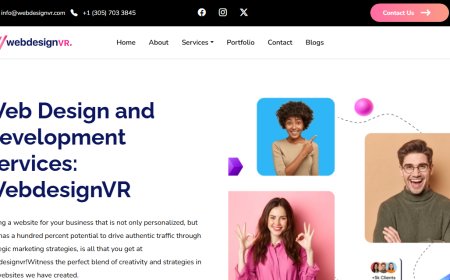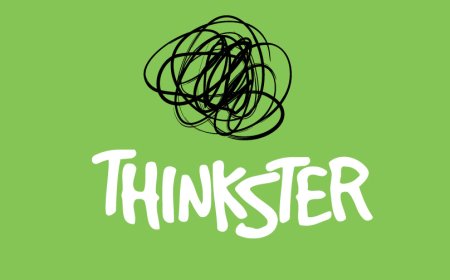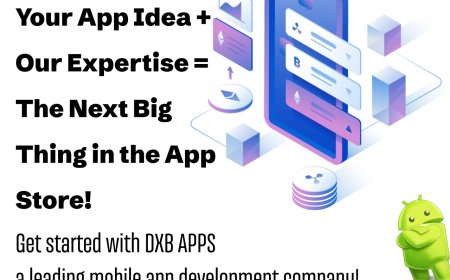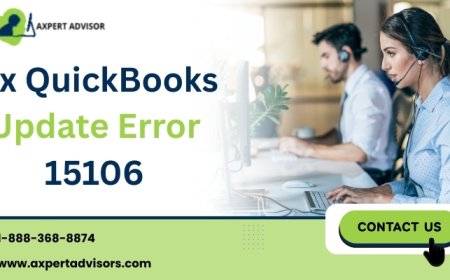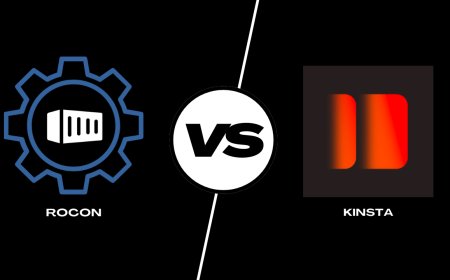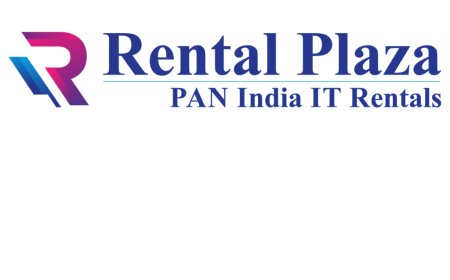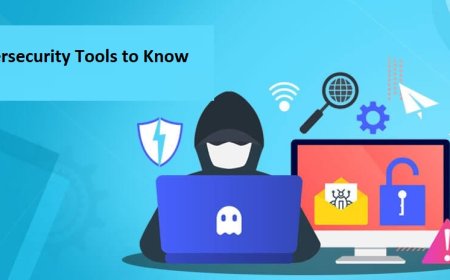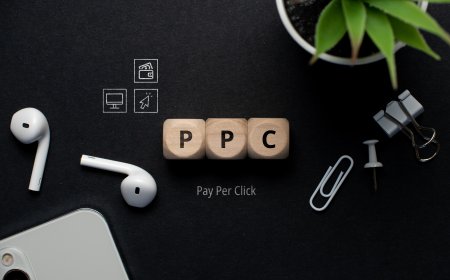Moving Legacy Apps to Cloud: Application Modernization Solution
Discover key considerations for moving legacy apps to the cloud with an effective application modernization solution that balances strategy, risk, and value.

Moving Your Legacy Applications to the Cloud: Key Considerations
Legacy systems often sit at the heart of business operationsreliable, familiar, but increasingly burdensome in todays fast-paced digital environment. As pressure mounts to innovate, reduce costs, and scale flexibly, many organizations are turning to the cloud as a solution. But cloud migration isnt just a lift-and-shift job. It demands strategic thinking, long-term planning, and a clear understanding of organizational readiness.
In this guide, well explore the essential considerations when moving legacy applications to the cloud. Drawing on the latest academic research and practical insights from C-level leaders, we provide a roadmap for implementing an effective application modernization solution that goes beyond the surface-level advice typically offered in industry blogs.
Why Cloud Migration Isnt Just a Technical Decision
Lets start with the big picture: Cloud migration is a business transformation strategy.
Yes, it involves technology. But more than that, it reshapes how your business operates, delivers value, and competes in the market. Simply moving your applications to a cloud provider without addressing architecture, process, or cultural readiness can backfire.
"What were seeing now is that cloud migration is less about the cloud and more about agility, scalability, and long-term adaptability," says a CIO of a global logistics firm. "Its an enabler, not the endgame."
1. Organizational Readiness: Are You Culturally and Structurally Aligned?
One major blind spot in cloud migration is failing to assess organizational readiness. Many blogs skip this altogether.
Before touching code or contracts, ask:
-
Do our teams understand why we're migrating?
-
Is leadership aligned on outcomes?
-
Do we have change management structures in place?
A successful application modernization solution begins with people, not platforms. Organizational inertia and resistance can hinder even the most effective technical plans.
2. Strategic Patience: Cloud Migration is a Multi-Year Journey
Cloud migration isnt a weekend project. Academic studies confirm that most modernization efforts unfold over multiple years.
Rather than racing toward short-term gains, leading firms take a phased approach:
Phases of Strategic Migration Planning:
-
Year 1: Assessment, pilot migrations, training programs
-
Year 2: Gradual rollout of refactored apps, infrastructure redesign
-
Year 3+: Optimization, automation, innovation initiatives
Planning with strategic patience helps avoid costly missteps and ensures your team adapts gradually.
3. Avoiding Vendor Lock-In Through Microservices and Containerization
Heres a reality few discuss: once you migrate to a cloud provider, getting out is challenging.
Vendor lock-in occurs when apps are deeply integrated into a providers ecosystem, making it costly and complex to switch later.
How to prevent it?
-
Design apps as microservices. Each service well, excels in one area, and can operate independently.
-
Use containers. Docker and Kubernetes enable portability across environments.
-
Favor open standards. Avoid proprietary APIs when possible.
These practices provide cloud agility without the constraints.
4. Empirical Decision-Making: Go Beyond Gut Feelings
Most migration guides make general claims like "youll save costs" or "cloud is more secure." But evidence matters.
Academic research points to four validated drivers for cloud adoption:
-
Cost savings
-
Optimal resource utilization
-
Unlimited scalability
-
Reduced maintenance overhead
Build your business case using real data:
-
Compare on-prem vs cloud TCO (Total Cost of Ownership)
-
Run performance benchmarks pre- and post-migration
-
Calculate ROI based on reduced hardware and labor costs
Empirical decisions earn stakeholder buy-in and reduce the risk of regrets.
5. Security-First Migration: Dont Bolt It On Later
Security cant be an afterthought. Yet many organizations treat it that way, scrambling to patch vulnerabilities after migration.
Instead, make it foundational.
Key elements of a security-first application modernization solution:
-
Zero-trust architectures: Never assume trust based on location.
-
Data encryption at rest and in transit
-
IAM (Identity and Access Management) integration
-
Security audits and compliance checkpoints in every migration phase
in. Additionally, consider organizational risk management. This includes employee access policies, training programs, and vendor compliance.
"Trust in the cloud is earned through architecture, not promises," says a CISO from a global fintech firm. "Security needs to live in the design, not just in the tools."
6. A Three-Tier Migration Strategy Framework
Based on extensive research, migration strategies generally fall into three tiers:
Tier 1: Rehost ("Lift and Shift")
-
Fastest and simplest
-
Least disruption but limited long-term value
Tier 2: Replatform
-
Modify application components to better suit the cloud
-
Balances effort and benefit
Tier 3: Refactor or Rearchitect
-
Rebuild parts or all of the application for cloud-native capabilities
-
Highest upfront investment, highest long-term payoff
Choosing the right strategy depends on your goals, budget, and the complexity of your app. Avoid blanket solutions. Tailor the approach per application.
7. Risk Management: Define, Measure, and Plan
Every migration has risks. The key is to identify and mitigate them early.
Some overlooked risks include:
-
Incomplete data transfer
-
Performance degradation post-migration
-
Misalignment between old and new architecture
-
App functionality loss during refactoring
Use a formal risk management framework:
-
Assign ownership to each risk
-
Define impact severity and likelihood
-
Map mitigation steps into your timeline
8. Respect the Legacy: Not All Systems Are Bad
Legacy systems exist for a reasonthey work. They often support critical workflows, have years of refinement, and are deeply embedded in company culture.
Thats why the modernization conversation shouldnt start with "replace everything". It should start with:
-
What value does this system still provide?
-
What can be optimized without breaking trust?
-
Is this a candidate for migration, retirement, or retention?
Respecting legacy isnt being resistant to change. Its being responsible.
9. Cloud Migration as a Competitive Differentiator
The business benefits extend far beyond IT:
-
Faster time-to-market
-
Global workforce enablement
-
Data-driven decision making
-
Improved customer experiences
Modern cloud platforms support real-time analytics, AI integrations, and cross-functional workflows that were impractical with legacy systems. Your application modernization solution becomes a strategic enabler
10. Why Softura? Expertise Beyond the Technical
At Softura, we specialize in guiding enterprises through complex cloud journeysnot just technically, but strategically.
Our approach includes:
-
Assessment workshops to align stakeholders
-
Security-first design from day one
-
Microservices enablement for flexibility and portability
-
Empirical ROI modeling for executive approval
-
Long-term roadmap support that scales as you grow
Whether youre planning a phased migration, developing a hybrid environment, or navigating regulatory challenges, we help you modernize with confidence.
Final Thoughts
Cloud migration is no longer optional. But doing it right requires more than technical skill. It demands strategic foresight, cultural readiness, and a willingness to challenge assumptions.
By focusing on empirical decision-making, security-first design, and long-term value creation, you can turn your legacy migration into a launchpad for innovation.
Looking for a trusted partner to Application modernize your applications?
Let Softura help you build a future-ready foundation.










